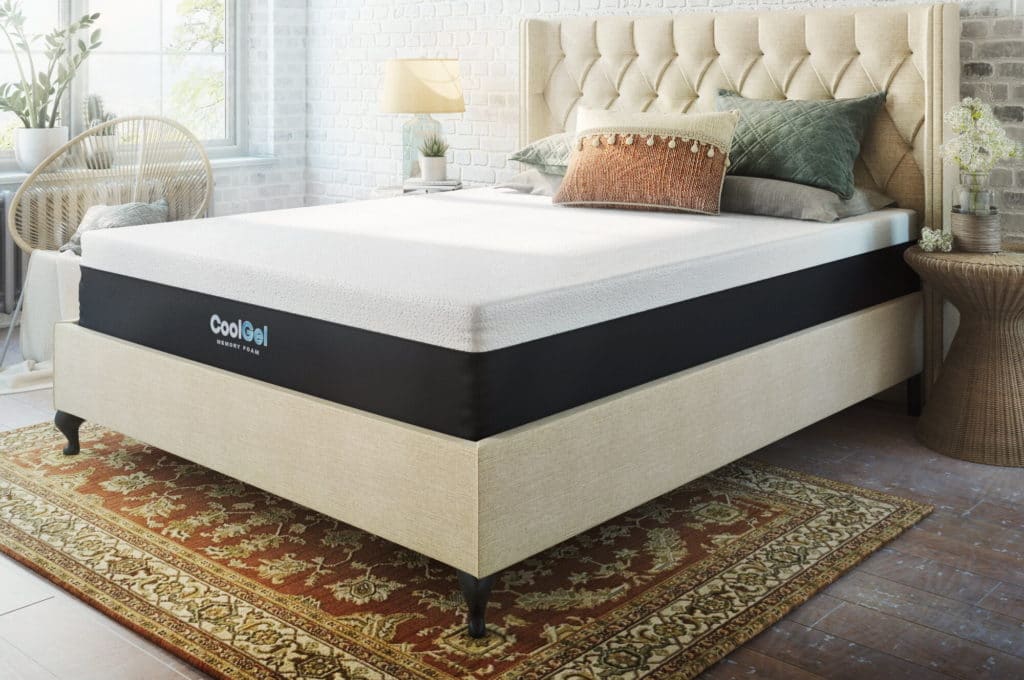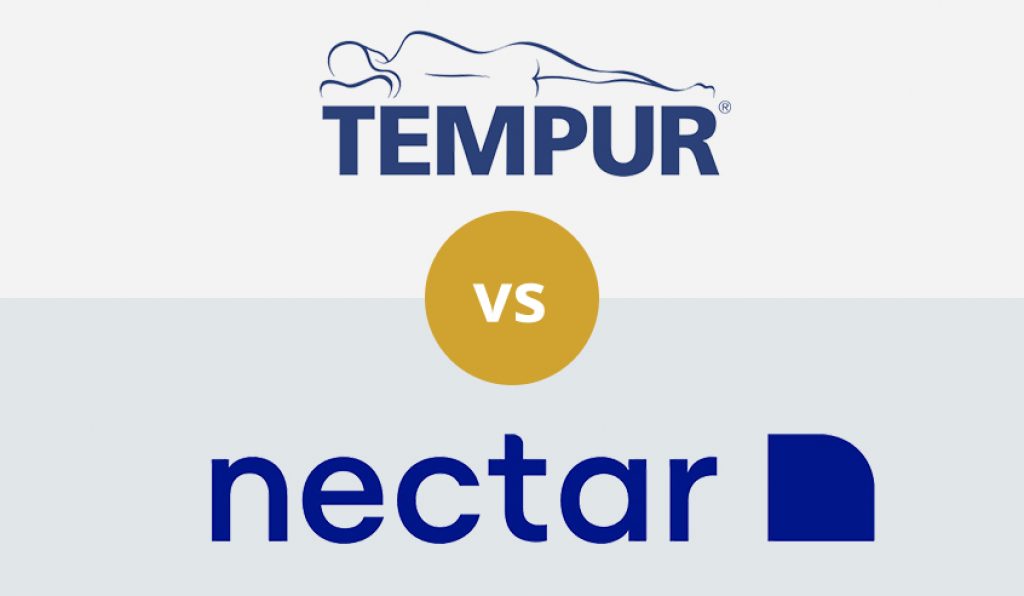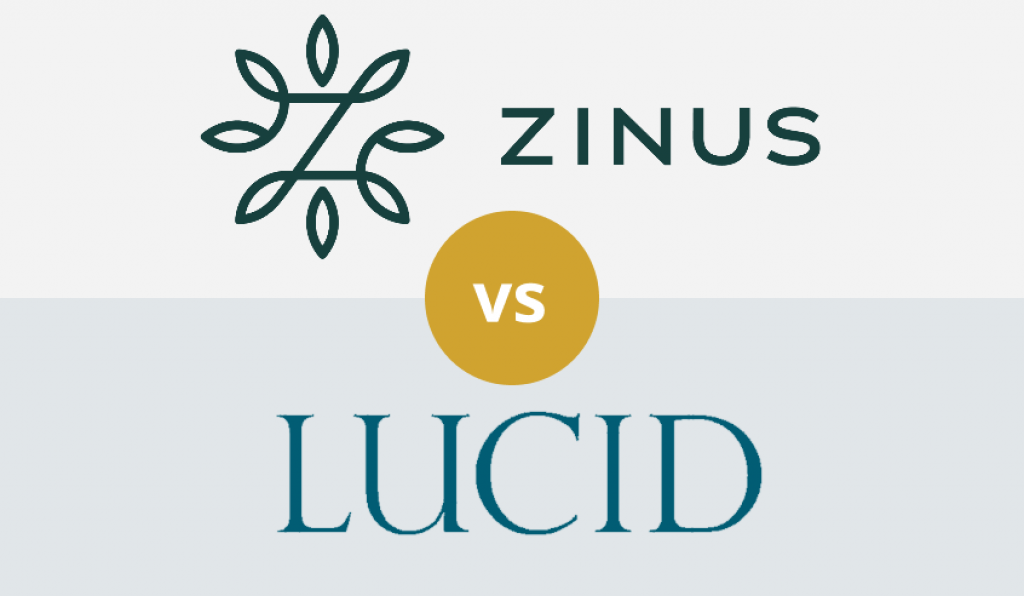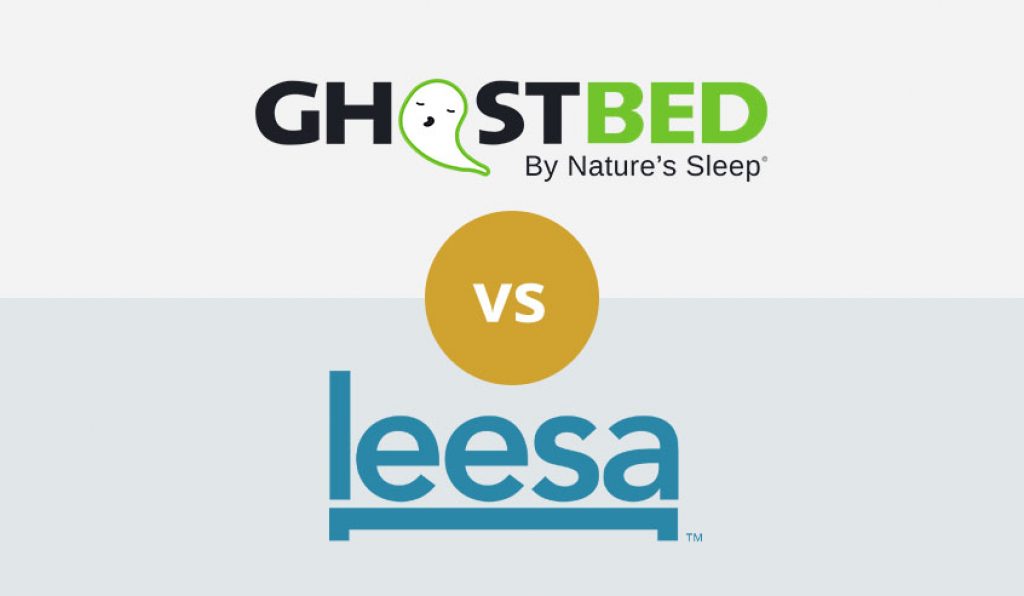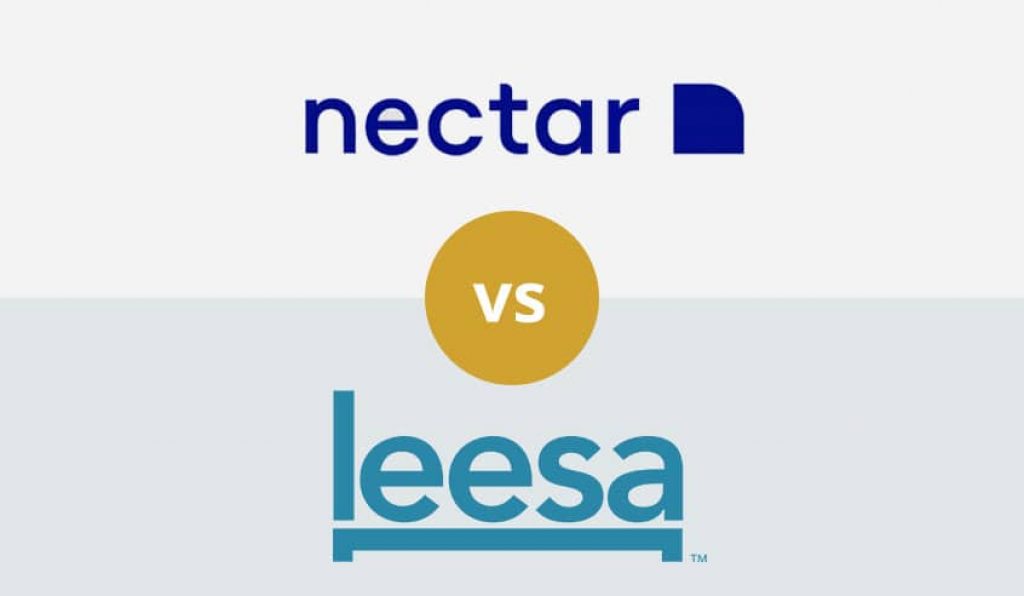

Did you know that the average person spends roughly 1/3 of their life sleeping? Given that 33% of your time on Earth is spent in bed, it makes sense to purchase mattress that is just right for you. But with so many options out there, how can you tell one from another? Known for their comfort, support, and ability to isolate movement, memory foam mattresses are among the most popular mattresses available, and there are a several types on the market right now. What is the difference between gel memory foam vs memory foam mattresses?
Memory foam was first introduced in 1966 and has been compared to sleeping on a giant sponge, with unrivaled conformability and pressure-point relief. Now available as pillows, mattress toppers, and mattresses, “memory foam” gets its name from the materials used in the mattress responding to your body, as if it remembers your shape and size. The mattress’ responsiveness comes from the addition of chemicals to the polyurethane foam that make them sensitive to body temperature and pressure. The chemicals added to the polyurethane foam increase the density and viscosity of the mattress, with the chemicals reacting to the sleeper’s body temperature by softening the mattress, causing a cradling feeling for those that sleep on it. These viscoelastic properties prevent any stiffness or soreness while sleeping by perfectly contouring to its user’s body.
One benefit of a memory foam mattress is that it absorbs motion, making it an ideal mattress type for couples to share. Because motion transfer is limited with mattress’ ability to distribute weight more evenly across the mattress, your partner’s sleep won’t be disturbed if you shift at night. Additionally, memory foam mattresses are inherently pressure-relieving. The mattress molds to a person’s body offering spinal support and back pain relief. For those that live in colder climates, the heat retention qualities of this type of mattress may be beneficial for some sleepers. Lastly, because these mattresses are produced with higher-quality materials, they can last for years, making their higher price tag a worthwhile investment.
Most memory foam mattresses, especially older models, have a higher rate of heat retention. This is due to the closed-cell structure of the materials, which have limited airflow and breathability. These factors can cause night sweats, leaving sleepers uncomfortably warm at night. Additionally, due the chemicals that they are made with, memory foam mattresses often have a strong, pungent chemical smell that can make your bedroom environment uncomfortable. Also, these mattresses tend to be on the heavier side, meaning that they can be harder to move.
Some models of memory foam mattresses come with the potential of sagging, most often where sleepers get on and off the bed routinely. However, many manufacturers have resolved this issue by adding reinforced edges.
Introduced in 2011, gel memory foam mattress toppers and mattresses take the production techniques of memory foam mattresses one step further – cooling gels and gel beads are added to the polyurethane foam. Gel infusions are added to memory foam mattresses in a number of different ways – swirling gel is infused right into the memory foam, gel beads are injected into the foam layer of a memory foam mattress, or an additional gel layer is added to the mattress. These infused gels cause heat to be pulled away from a person’s body when they are sleeping, making these mattresses more breathable. These mattresses have less heat retention than traditional memory foam mattresses. Though gel mattresses offer the same level of support and contouring as regular memory foam mattresses, gel mattresses tend to feel more buoyant due to their additional gel layer. Additionally, gel memory foam mattresses also tend to be a bit more firm than traditional memory foam mattresses due this same added gel layer Trusted Source Memory foam vs. gel memory foam: Side by side comparison Memory foam and gel memory foam mattresses have numerous differences. For example, gel may feel cooler, but be more expensive. Learn about the differences here. www.medicalnewstoday.com .
Similar to memory foam, gel memory foam mattresses absorb motion, meaning that people sleeping side-by-side won’t be disturbed when their partner moves because the mattress limits motion transfer. Additionally, like memory foam mattresses, gel foam mattresses provide pain relief for those who have chronic pain conditions and those who sleep on their sides. Because the foam in these mattresses’ molds to an individual’s body, pressure is relieved, allowing users to sleep comfortably pain-free. Lastly, gel memory foam mattresses are beneficial for people with health conditions that impact their body temperature regulation.
Because these mattresses having cooling capabilities, they can help prevent night sweats in sleepers with: menopause, anxiety, certain medications like antidepressants, hyperhidrosis, low blood pressure, or infections.
Because gel memory foam mattresses require more materials, they come with a higher price tag. Similar to memory foam mattresses, gel memory foam mattresses leak a chemical smell due to the compounds that are in the mattress materials. Additionally, gel memory foam mattresses tend to be heavier than most other mattresses on the market, making them less ideal for some because they can be harder to move. Lastly, like memory foam mattresses, there are instances of sagging with these mattresses in areas where sleepers get on and off the bed frequently. These issues, however, have largely been addressed by manufacturers with the addition of reinforcements on the edges.
To improve the overall sleep experience for memory foam mattress users, some manufacturers have created variations in their production materials and come up with alternative additions to these mattresses. For example, copper and graphite additives help improve a mattress cooling capability because they are heat conductors and can pull heat away from sleepers at night. Additionally, breathability and cooling can be enhanced in memory foam mattresses where petroleum has been replaced by plant-based oils. Lastly, some manufacturers have created structural design changes to their memory foam mattresses in order to improve overall airflow and help with breathability and cooling.
When trying to decide between gel foam memory vs memory foam mattresses, one of the biggest factors to consider is whether or not heat retention is an issue for you as a sleeper. Aside from cost, this is the biggest difference between these two types of mattresses. Both are made for those who need greater spine support and who wish to sleep comfortably and peacefully beside their partner. Though they are relatively new to the market, both types of memory foam mattresses have a longer expected shelf-life and due to this longevity, each has the potential to be around for a long time.
